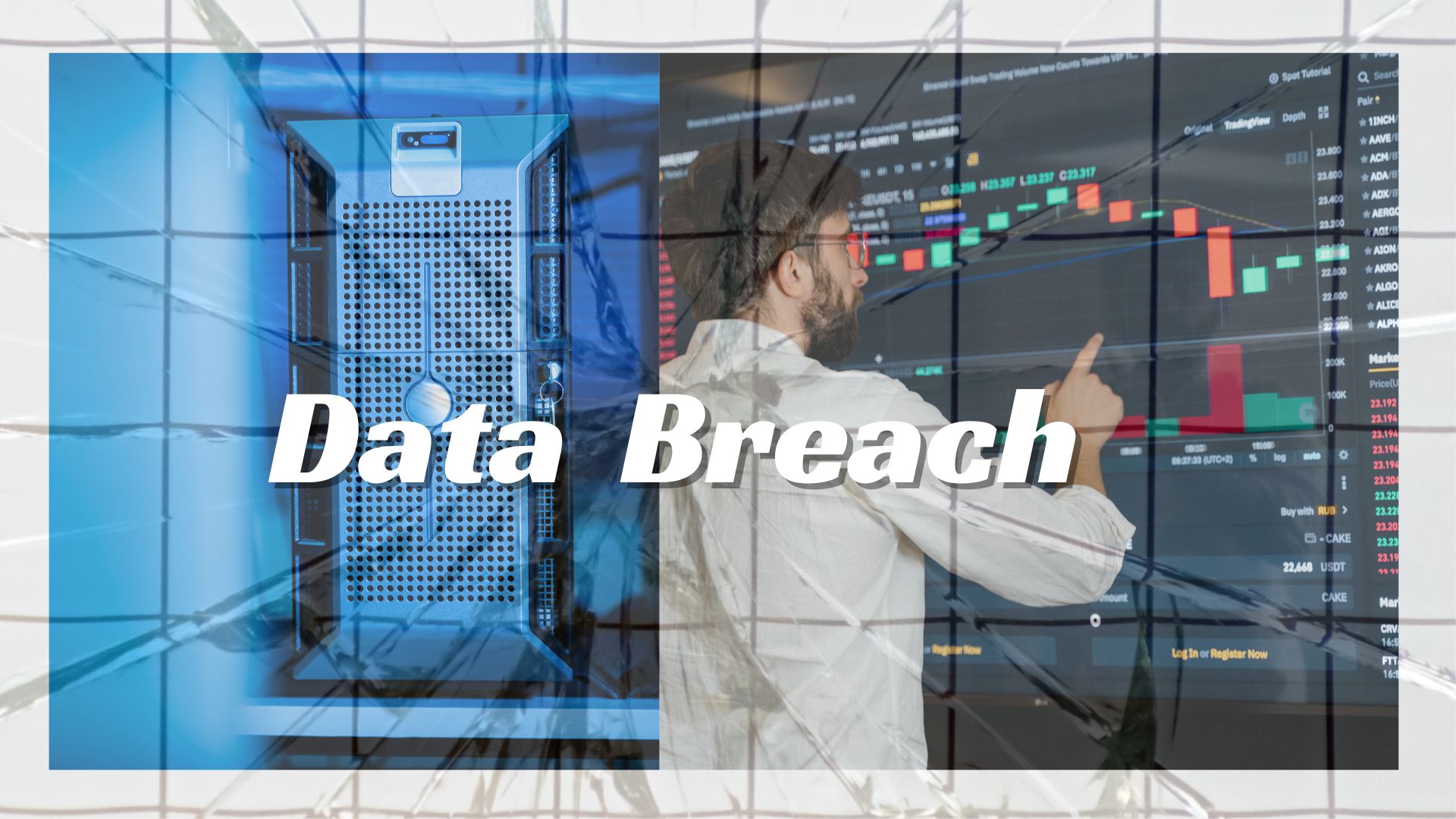In the current digital landscape, we login and sign up into multiple apps without giving a second thought, and then use them while keeping our location on. But did we ever contemplate what will happen if this information gets into the wrong hands? What if they use our information in a wrong way that may affect us miserably? The situation we are highlighting is called Data Breach and in this modern world where technology is the mainstream, the risk of data breach is rapidly growing at an alarming rate.
In this blog, we’ll elaborate what a data breach is, how it works, what kind of data gets leaked, how you should deal with it, and how you can save yourself from this. No complicated jargon, just factual insights that everyone should know.
What is a Data Breach?
A data breach occurs when sensitive, confidential, or protected information is accessed or disclosed without permission. This can happen through hacking, human error, or poor security systems.
Common types of leaked data include:
- Full names
- Email addresses
- Phone numbers
- Passwords
- Credit card details
- Medical records
- Government IDs (like Aadhaar or Social Security numbers)
Some breaches involve just one type of data, while others expose millions of personal records.
How Do Data Breaches Happen?
There are several ways a data breach can occur. Here are the most common methods:
1. Phishing Attacks
Cybercriminals trick employees or users into giving up their login details through fake emails or messages.
2. Weak Passwords
If a system uses weak or reused passwords, it becomes an easy target for hackers using software that tries thousands of combinations.
3. Unpatched Software
Outdated software may have security holes that hackers can exploit to gain access to data.
4. Insider Threats
Sometimes, an employee with access to sensitive data misuses it—either intentionally or accidentally.
5. Stolen Devices
Laptops, USB drives, or phones that are lost or stolen can give direct access to sensitive data if they are not properly secured.
What Happens After a Data Breach?
If your personal information is leaked, the consequences can vary depending on what type of data is exposed.
1. Identity Theft
Cybercriminals can use your name, ID numbers, and other data to open bank accounts, take loans, or apply for government benefits in your name.
2. Financial Fraud
If your credit card or banking information is leaked, it may be used for unauthorised purchases or money transfers.
3. Spam and Phishing
Your email or phone number might end up on spam lists, leading to endless scam calls, messages, or phishing attempts.
4. Account Takeovers
Hackers can use leaked passwords to take control of your email, social media, or banking accounts.
5. Reputation Damage
In the case of leaked medical or private records, there’s a risk of personal embarrassment or even blackmail.
Famous Data Breaches You Should Know
Some major data breaches in the past have shown how serious the consequences can be:
- Yahoo (2013-2014): Over 3 billion accounts were affected, making it the largest known breach ever.
- Facebook (2019): 533 million users’ phone numbers and personal data were leaked.
- Aadhaar (India, 2018): A security lapse reportedly exposed data of over 1.1 billion Indians.
These examples prove that even the biggest tech companies and government systems can fall victim to breaches.
What Should You Do If You’re Affected?
If you receive a notification that your data was part of a breach, follow these steps immediately:
1. Change Passwords
Update your passwords—especially for the affected account and any other accounts using the same password. Use strong, unique passwords for each site.
2. Enable Two-Factor Authentication (2FA)
2FA adds an extra layer of security, such as a text message or app confirmation, when you login.
3. Check Bank Statements
Keep an eye on your transactions and report anything suspicious right away.
4. Use a Password Manager
These tools generate and remember strong, unique passwords for all your accounts.
5. Monitor Your Credit
In some countries, you can freeze your credit report or subscribe to credit monitoring services to spot identity theft early.
How Can You Protect Yourself From Future Breaches?
While you can’t control how companies protect their data, you can reduce your own risk.
1. Use strong passwords and never reuse them.
2. Avoid clicking on suspicious links or attachments.
3. Keep your devices and apps updated.
4. Limit the amount of personal data you share online
5. Regularly backup important files.
Being cautious doesn’t mean you need to avoid the internet altogether—it just means using it smartly.
Vivek K Singh
Founder & MD, SNVA Group

